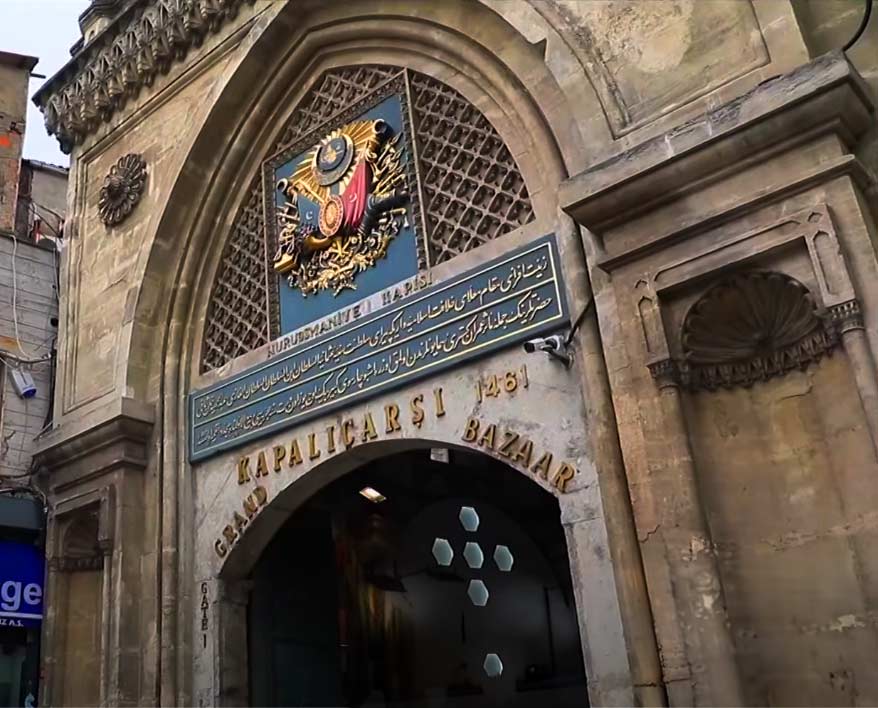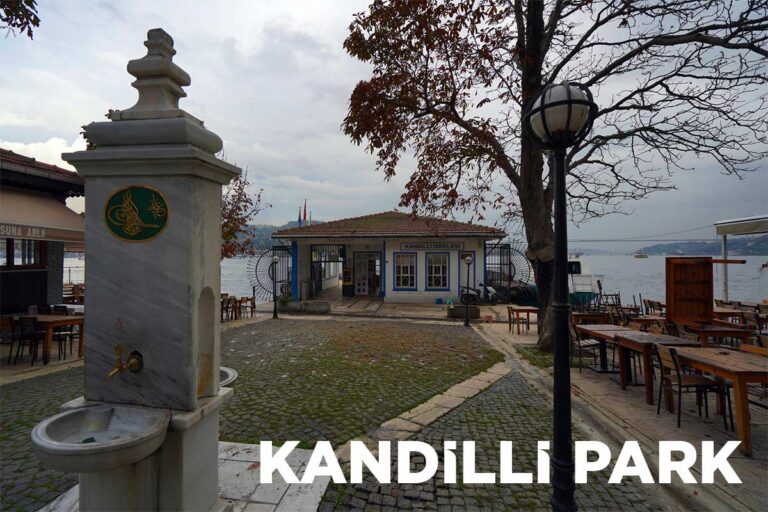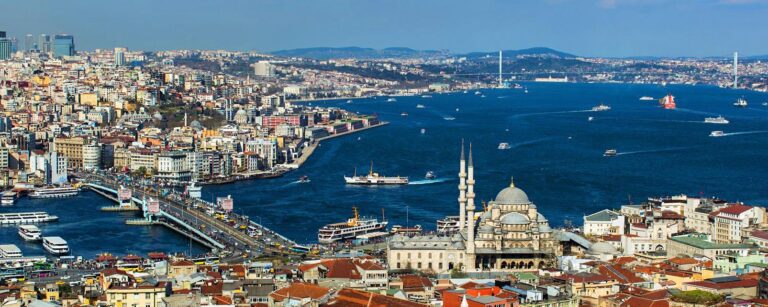The Grand Bazaar, nestled in the historic streets of Istanbul, is a treasure hidden in plain sight. Constructed in 1461 by Sultan Mehmet the Conqueror, this enchanting edifice holds a significant place in both Turkish and world history. Resembling a gigantic labyrinth with its aesthetic brilliance, the Grand Bazaar not only connects its visitors to the past but also serves as a unique destination for those seeking a distinctive shopping experience.
The Historical and Architectural Significance of the Grand Bazaar
Construction and History
- Year of Construction: 1461
- Founder: Sultan Mehmet the Conqueror
- Historical Importance: The heart of trade and economy during the Ottoman era
Architectural Design
- Total Area: 30,700 m²
- Number of Shops: Over 3600
- Number of Streets: Approximately 60
- Main Gates: 10 (including Jewelers, Nuruosmaniye, Sepetçihan, Takkeciler, Tavukpazarı, Zenneciler, Beyazıt, Çarşıkapı, Çuhacıhan, Mahmutpaşa)
Unique Experiences Offered by the Grand Bazaar
Shopping and Craftsman Culture
The Grand Bazaar, hosting more than 3600 shops, welcomes its visitors with open arms. Shopping here is not just about purchasing items; it’s about engaging in warm conversations with shopkeepers and experiencing a slice of history.
Handicrafts and Traditional Products
The Grand Bazaar resembles an art gallery displaying handcrafted treasures. Turkish carpets, handmade jewelry, traditional garments, and many more unique products await visitors.
Culinary Delights
The bazaar also offers a plethora of gastronomic delights. Turkish cuisine, freshly brewed Turkish coffee, and traditional sweets are perfect for recharging after a day of shopping.
A Journey to the Grand Bazaar: A Day in the Heart of Istanbul
Accessibility and Transportation
Located in the center of Istanbul, the Grand Bazaar is easily accessible by public transport, taxis, or private vehicles. Situated on the historical peninsula, it’s an ideal spot for tourists.
A Day at the Grand Bazaar
Visiting the Grand Bazaar means witnessing the history of Istanbul and enjoying a unique shopping experience. A day spent here will transport you to the Ottoman era, creating unforgettable moments.
The Grand Bazaar: More Than Just Shopping
The Grand Bazaar is not just a shopping center; it is also a cultural experience. It offers visitors a glimpse into the Ottoman period, blending with the dynamism of today’s world.
Cultural Interactions in the Grand Bazaar
Cross-Cultural Meeting Point
As a destination for global visitors, the Grand Bazaar is a melting pot of cultures. You can meet tourists from various nations and engage in enriching conversations, transcending mere shopping to include global interaction.
Preservation of Historical Legacy
The preservation and restoration of the Grand Bazaar play a crucial role in passing this historical legacy to future generations. Visitors contribute to this legacy by exploring and appreciating the bazaar’s history.
Best Times to Visit the Grand Bazaar
Crowd and Visiting Hours
The Grand Bazaar typically opens in the morning and closes in the late afternoon. Weekdays might be less crowded than weekends. Certain times of the year, like holidays or festivals, may see increased foot traffic.
Events and Special Occasions
Various events and festivals can take place in the Grand Bazaar, offering deeper insights into its history and culture.
Conclusion: The Grand Bazaar, Beyond Shopping
The Grand Bazaar in Istanbul is renowned worldwide, not only as a shopping destination but also as a mirror reflecting the city’s historical and cultural wealth. It offers more than just shopping; it’s a journey through history and a cultural exploration. Each corner tells a different story, providing unforgettable experiences and keeping Istanbul’s history alive. The Grand Bazaar remains an indispensable stop for both local and international visitors, continuing its legacy as a cultural and historical landmark.




